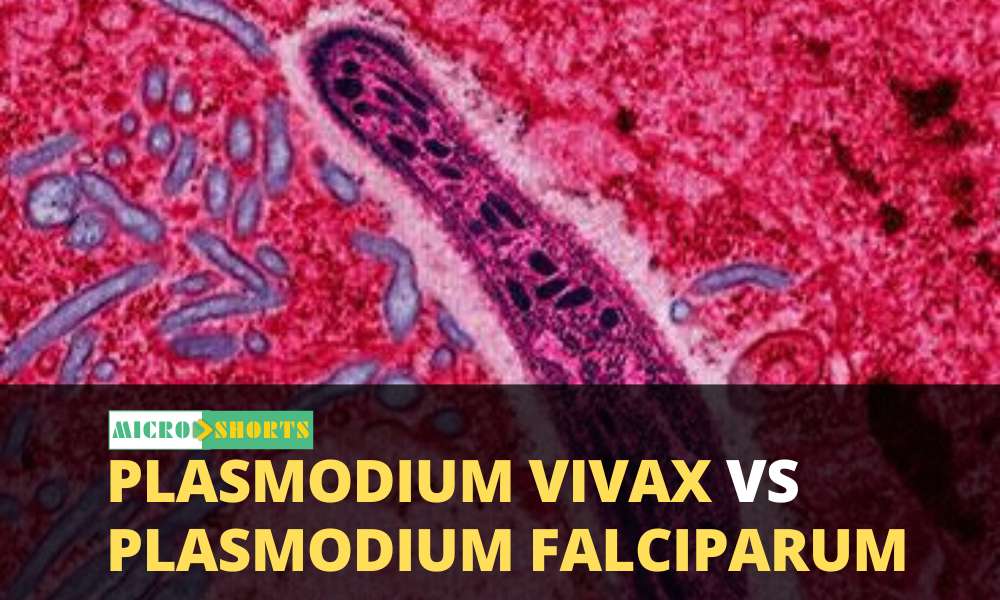Cell Fusion
- Until recently, cells were thought to be integral
and discrete components of tissues, and their state was determined by cell
differentiation.
- However, under some conditions, stem cells or their
progeny can fuse with cells of other types, mixing cytoplasmic and even
genetic material of different (heterotypic) origins.
- Cell fusion is an important cellular
process in which several uninuclear cells (cells with a
single nucleus) combine to form a multinuclear cell, known
as a syncytium.
- Syncytia are commonly found in placenta, bone,
cartilage, muscle and multi-nucleated giant cells.
- Fusion of one or more cells can occur during
development as well as in mature individuals.
- Cell fusion occurs
during differentiation of muscle, bone
and trophoblast cells, during embryogenesis, and
during morphogenesis.
- Cell fusion is a necessary event in the maturation
of cells so that they maintain their specific functions
throughout growth.
- The fusion of heterotypic cells could be of central
importance for development, repair of tissues and the pathogenesis of the
disease.

Types of Cell Fusion
There are two
different types of cell fusion that can occur. These two types include
homotypic and heterotypic cell fusion.
Homotypic cell fusion
- It occurs between cells of the same type.
- An example of this would
be osteoclasts or myofibers being fusing together with their
respective type of cells.
- Whenever the two nuclei merge a synkaryon
is produced.
- Cell fusion normally occurs with nuclear fusion,
but in the absence of nuclear fusion, the cell would be described as
a binucleated heterokaryon. A heterokaryon is the melding of two
or more cells into one and it may reproduce itself for several generations.
- If two of the same type of cells fuse, but their
nuclei do not fuse, then the resulting cell is called a syncytium.
Heterotypic cell fusion
- It occurs between cells of different types, making
it the exact opposite of homotypic cell fusion. The result of this fusion
is also a synkaryon produced by the merging of the nuclei, and
a binucleated heterokaryon in the absence of nuclear
fusion.
- An example of this would be Bone
Marrow Derived Cells (BMDCs) being fused
with parenchymatous organs.
Significance of Cell Fusion
- Cell fusion can cause a change in the phenotype
and/or the function of cells. Cell fusion could, therefore, explain the
transdifferentiation of committed somatic cells.
- Cell fusion can reverse or repair the injury to
tissues. In this context, cell fusion facilitates the regeneration of
tissues.
- Cell fusion can promote the transmission of
viruses. Fusion of cells of individuals of disparate species might explain
the transmission of viruses between species and the genesis of new
pathogens.
- Cell fusion and nuclear fusion that occur in the
formation of synkaryons can allow the re-sorting and recombination of
chromosomal DNA. Fusion of nuclei of an immature cell, such as a stem
cell, and a mature cell might generate proliferation and malignancy.









Comments